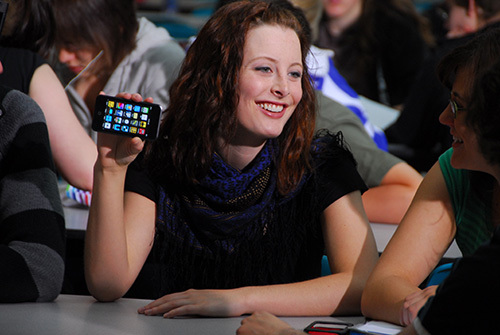
Honorable Jeff Johnson, Ministro de Educación de Alberta, talked to me last November about his experience as co-chair of the province’s pioneering “Educación inspirador” iniciativa. The question posed by his steering committee to all Albertans was: What kinds of skills and attributes should an educated Albertan graduating in 2030 have? The response, which became the inspiration for education reform in Alberta, was that students needed to be three things: engaged thinkers, ethical citizens, and they needed to have an entrepreneurial spirit. What role has technology played in helping educators achieve these goals? I decided it was time to invite Jeff back to La Búsqueda Global para la Educación series to give us an update.
Prior to his position as Minister of Education for Alberta, Honourable Jeff Johnson was Minister of Infrastructure, Minister responsible for the Oil Sands Secretariat, and Parliamentary Assistant to the Treasury Board. Jeff also has experience working in the financial markets as a futures trading floor pit boss and in building a series of successful small businesses.
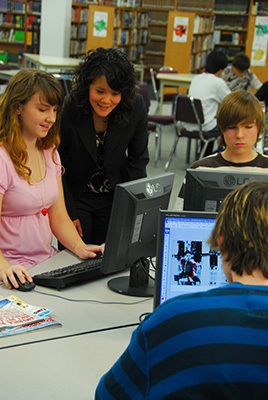
How has technology impacted the Alberta education system? ¿Qué educadores ven como los pros y los contras de un punto de vista del aprendizaje?
Advances in technology have had a big impact on the world and, como resultado, a big impact on our education system as well. Kids today grow up in a world where they have information at their fingertips and education has had to adjust to meet the needs of those students. This is both a challenge and an opportunity for Alberta’s educators.
When we talked with Albertans during the Educación inspirador dialogue, one of the main topics of discussion was technology. Albertans told us that we needed to shift from using technology to support teaching to using technology to support the creation and the sharing of knowledge. A part of that is the development of competencies. We are currently shifting Alberta’s curriculum towards competency-based learning. That means that instead of memorizing facts, kids today are learning skills. Por ejemplo, they are learning how to use knowledge to tell fact from fiction online. This is crucial in an age of Wikipedia – kids need to know how to tell if information is credible, a skill that will be important for their entire lives.
The impact of technology on teaching has also been significant. Teachers today use smart boards, so kids can interact with their lessons. They use digital cameras and laptops, so kids can shoot video and make presentations. Y la tecnología permite a los maestros a clases a medida para un ambiente inclusivo – providing visual cues for someone with a hearing impairment, por ejemplo, o la adaptación de las lecciones para los niños con autismo.
¿Cómo es el papel del maestro cambiando en la era digital?
El acceso a la tecnología y la información ha obligado a los maestros a pensar diferente acerca de cómo planean para el aprendizaje. Los profesores no sólo tienen que ser usuarios de los recursos tecnológicos y digitales, pero tienen que ser muy conscientes de que los estudiantes tienen que entender que la información en la era digital tiene que ser validado. Teachers need to shift their thinking from a single answer or source of information to accommodating multiple ways of getting to the answer using a variety of sources of information. It permits students to engage in new knowledge creation in ways that have never been possible before. Teachers are now more accessible to parents than they have ever been in the past, which is also a different paradigm for teachers.
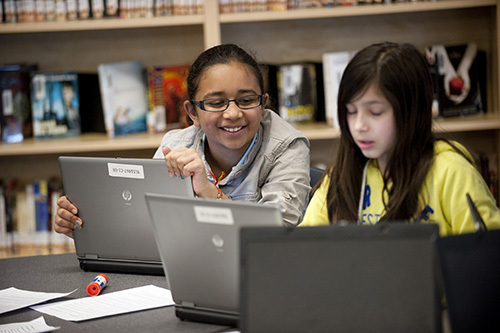
Estados enteros en los EE.UU. han adoptado los libros de texto digitales. Las bibliotecas universitarias se están convirtiendo en los repositorios de contenidos digitales. Muchos dirían que los libros de texto que ya han pasado a ser digitales y de hecho la próxima generación de contenidos digitales no se queda atrás. What digital learning tools have been implemented in Alberta classrooms and what do educators see as the pros and cons of these?
School authorities are becoming increasingly interested in incorporating technology and digital resources into their classrooms. Through LearnAlberta.ca, Alberta Education has been providing online access to education materials since 2001. This site is host to approximately 8,500 recursos. Materials include teaching and learning resources (some in the form of interactive applets and engaging software) that are directly correlated to programs of study, as well as reference materials, and access to online programs of study and assessment materials. LearnAlberta.ca has seen an increase in the use of digital materials for teachers and students following the Alberta programs of study.
Adicionalmente, five Alberta school boards are piloting the development of a Collaborative Online Resource Environment (CORE), accessible at http://www.albertacore.ca, to collaboratively acquire, desarrollar, store, manage, and share digital classroom resources for anytime, lugar de aprendizaje. Hasta la fecha, students and teachers enjoy shared access over a common infrastructure to over 165,000 digital resources. Users can contribute resources they find of value, and can comment on effective ways they have used these in learning environments. The University of Calgary is conducting formal research on this innovative project.
In Alberta, school authorities have maximum flexibility to determine what kinds of resources they will make available to their students, and what policies they will put in place to guide the use of these resources. Teachers determine for themselves what level of technology use is most appropriate to meet the needs of their students. Whatever resources teachers and school authorities select, equity of access and support for inclusive classrooms will continue to be guiding priorities in those decisions.
Tablets have been found to be extremely helpful in supporting students with unique learning needs – examples include:
- Increasing font size for dyslexic students – helps to de-clutter their vision
- English Language Learners – can use the recording features to see and hear themselves speaking which helps with language acquisition
- Sign 4 Me app – helps to facilitate communication between a deaf student and his classmates

How has technology impacted curriculum design in Alberta?
Through Curriculum Redesign, we are looking at various shifts for curriculum and curriculum development. One of these shifts is to move to a more digitally based curriculum (programs of study, assessments, and learning and teaching resources).
El poder de la tecnología debe aprovecharse para apoyar la innovación y el descubrimiento.. Prevemos que el paso a un plan de estudios más digital permitirá una mayor flexibilidad a nivel local para apoyar el aprendizaje en cualquier momento., lugar o ritmo, así como la oportunidad de mejorar y actualizar continuamente los programas de estudio y los recursos de aprendizaje..

Las últimas investigaciones Pew indica una vez más que el uso de las tabletas, teléfonos móviles, internet sources and social media platforms such as Facebook and Twitter continues to infiltrate classrooms in the US rapidly. Are you seeing the same trend in Alberta classrooms? ¿En qué medida es el uso de estas herramientas parte de su currículo? ¿Hay una edad por debajo del cual usted cree que estas herramientas no son apropiados en las aulas?
Alberta is seeing these same trends. We would say that technology is being used appropriately across all grades because in Alberta we have balanced curriculum that includes a balance of learning activities, with technology and other resources, as well as interaction and daily physical activity.
Alberta Education is currently engaged in a research community of practice that is investigating potential uses of technology, including tablet devices, in Kindergarten to Grade 4 aulas. One of the focuses is to explore what applications of technology are most effective and appropriate for various age groups.
There are several school authorities in Alberta that have invested in class or school sets or portable carts of tablet or laptop devices, like Chromebooks, and interest in educational technology continues to increase throughout the education system. Alberta Education is currently working to finalize an updated Learning and Technology Policy Framework to establish a common vision for technology’s role in education, in alignment with Educación inspirador. This vision will help decision makers at all levels take appropriate actions that will complement each other and yield maximum benefit for students.
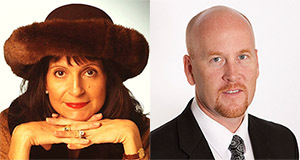
All photos are courtesy of Ministry of Education Alberta.
Para más artículos en el conseguidos de la tecnología? serie: La Búsqueda Global para la Educación: Got Tech? – Finlandia, La Búsqueda Global para la Educación: Got Tech? – Australia, La Búsqueda Global para la Educación: Got Tech? – Singapur, La Búsqueda Global para la Educación: Got Tech?- Estados Unidos, La Búsqueda Global para la Educación: Got Tech? Escuelas IB en un mundo virtual, La Búsqueda Global para la Educación: Got Tech? – Argentina
En La Búsqueda Global para la Educación, unirse a mí y reconocidos a nivel mundial los líderes de opinión, incluyendo a Sir Michael Barber (Reino Unido), DR. Michael Bloquear (EE.UU.), DR. Leon Botstein (EE.UU.), Profesor Clay Christensen (EE.UU.), DR. Linda Darling-Hammond (EE.UU.), DR. Madhav Chavan (India), El profesor Michael Fullan (Canada), El profesor Howard Gardner (EE.UU.), El profesor Andy Hargreaves (EE.UU.), Profesor Yvonne Hellman (Países Bajos), Profesor Kristin Helstad (Noruega), Jean Hendrickson (EE.UU.), Profesor Rose Hipkins (Nueva Zelanda), Profesor Cornelia Hoogland (Canada), Honorable Jeff Johnson (Canada), Señora. Chantal Kaufmann (Bélgica), DR. Eija Kauppinen (Finlandia), Secretario de Estado Tapio Kosunen (Finlandia), Profesor Dominique Lafontaine (Bélgica), El profesor Hugh Lauder (Reino Unido), Profesor Ben Levin (Canada), Señor Ken Macdonald (Reino Unido), Profesor Barry McGaw (Australia), Shiv Nadar (India), Profesor R. Natarajan (India), DR. PAK NG (Singapur), DR. Denise Papa (Estados Unidos), Sridhar Rajagopalan (India), DR. Diane Ravitch (EE.UU.), Richard Wilson Riley (EE.UU.), Sir Ken Robinson (Reino Unido), Profesor Pasi Sahlberg (Finlandia), El profesor Manabu Sato (Japón), Andreas Schleicher (PISA, OCDE), DR. Anthony Seldon (Reino Unido), DR. David Shaffer (EE.UU.), DR. Kirsten Immersive Are (Noruega), Canciller Stephen Spahn (EE.UU.), Yves Theze (Lycee Francais EE.UU.), Profesor Charles Ungerleider (Canada), Profesor Tony Wagner (EE.UU.), Sir David Watson (Reino Unido), Profesor Dylan Wiliam (Reino Unido), DR. Marcos Wormald (Reino Unido), Profesor Theo Wubbels (Países Bajos), El profesor Michael Young (Reino Unido), y el profesor Zhang Minxuan (De China) a medida que exploran las cuestiones de educación cuadro grande que todas las naciones se enfrentan hoy. La Búsqueda Global para la Educación Comunitaria Página
C. M. Rubin es el autor de dos ampliamente leído serie en línea por la que recibió un 2011 Premio Upton Sinclair, “La Búsqueda Global para la Educación” y “¿Cómo vamos a Leer?” Ella es también el autor de tres libros más vendidos, Incluido The Real Alice in Wonderland.


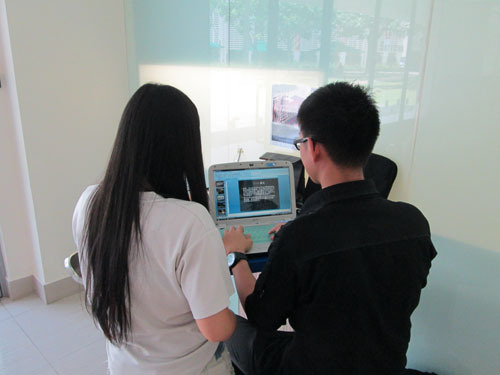
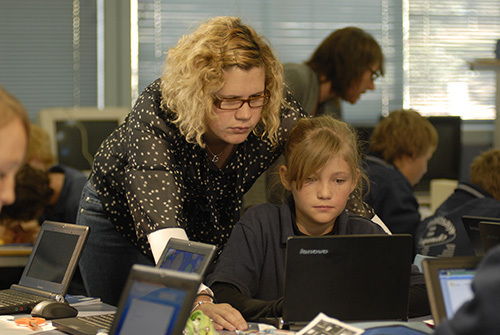
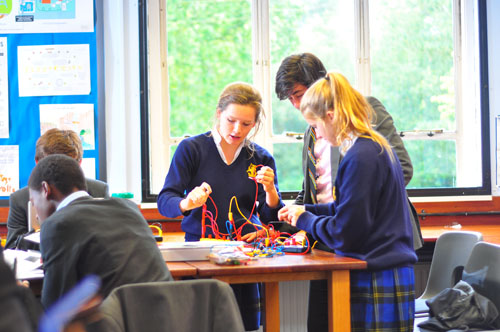
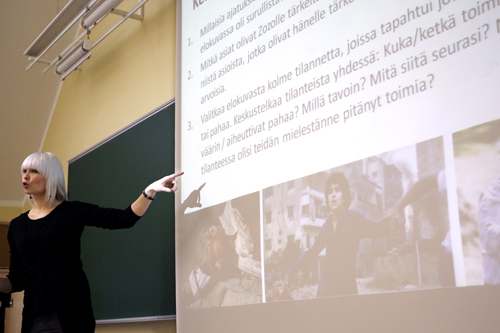
Comentarios recientes